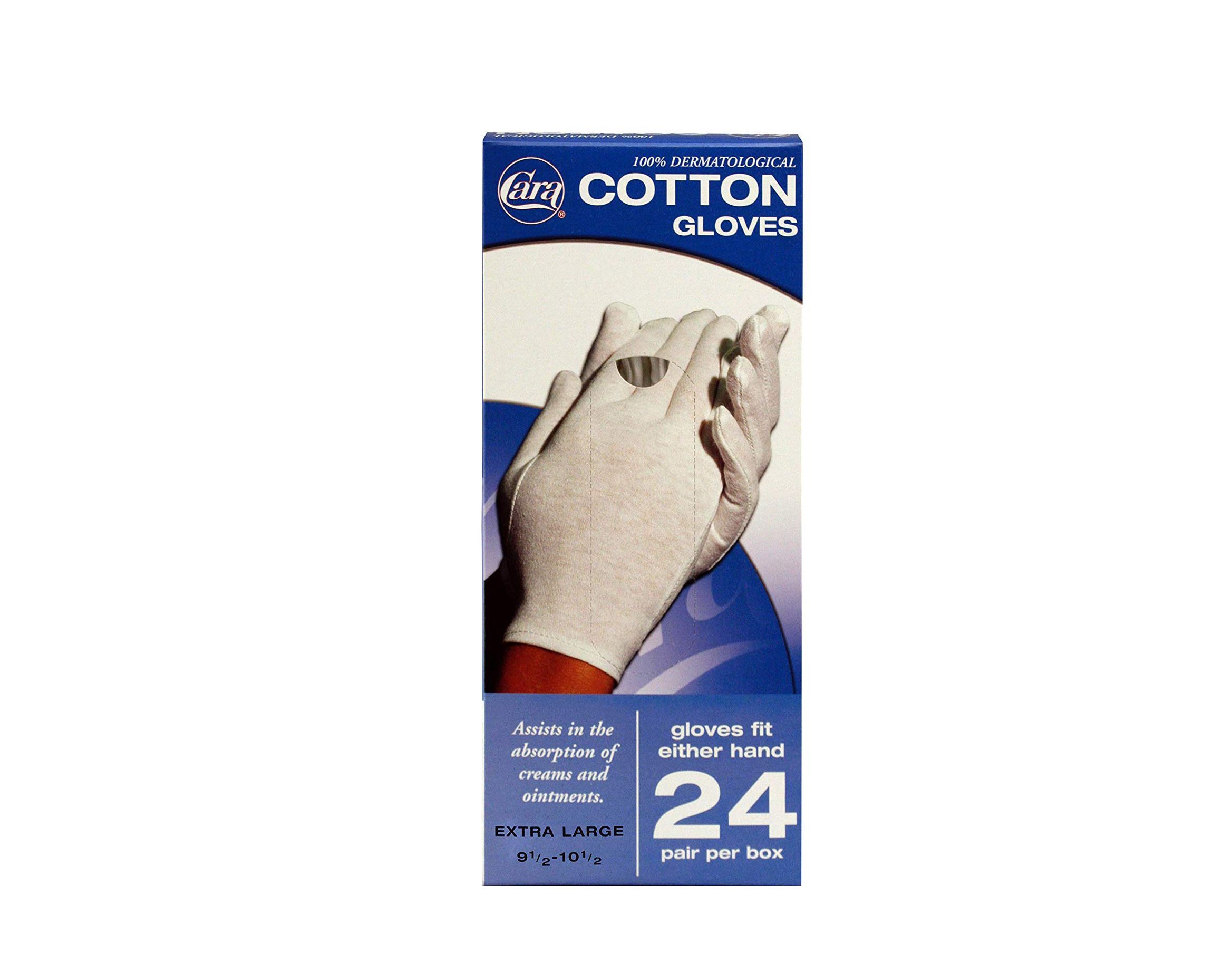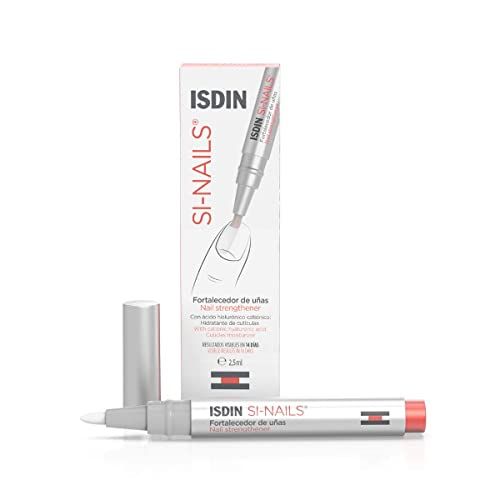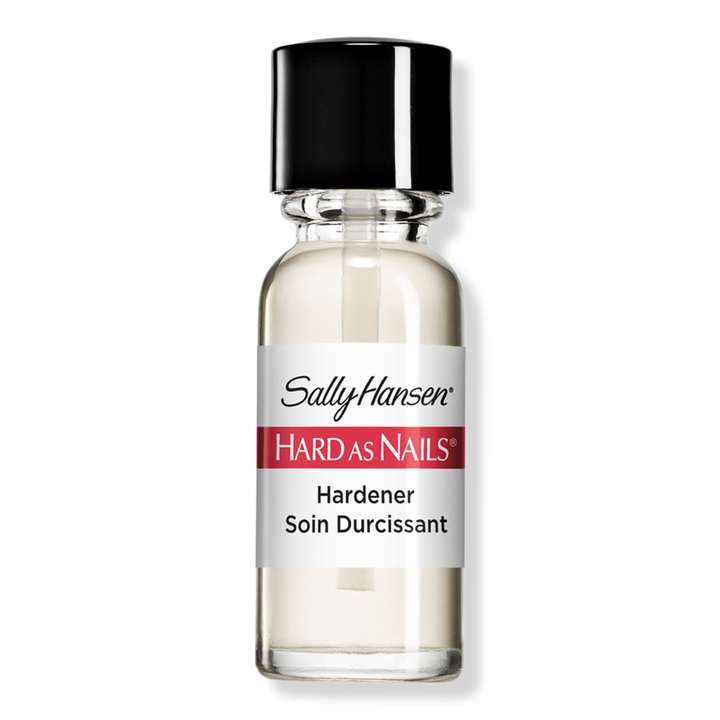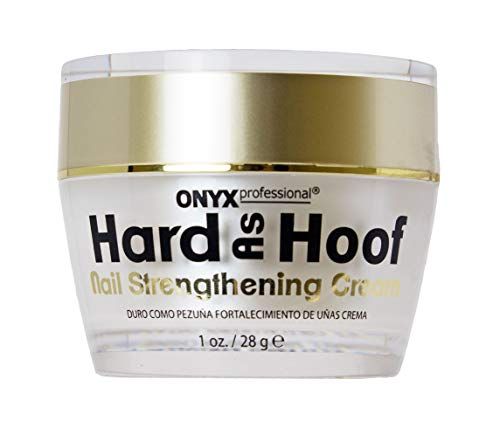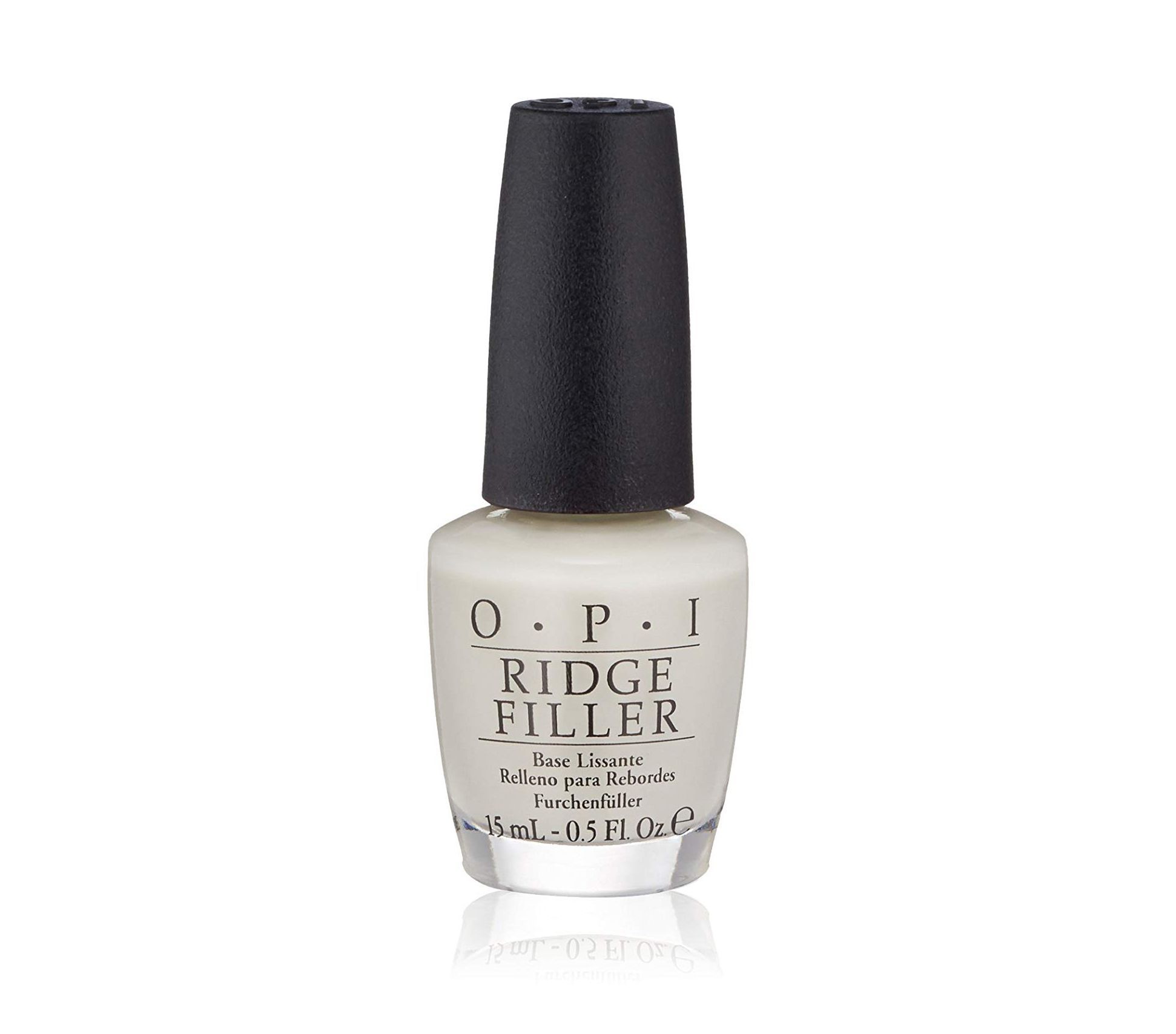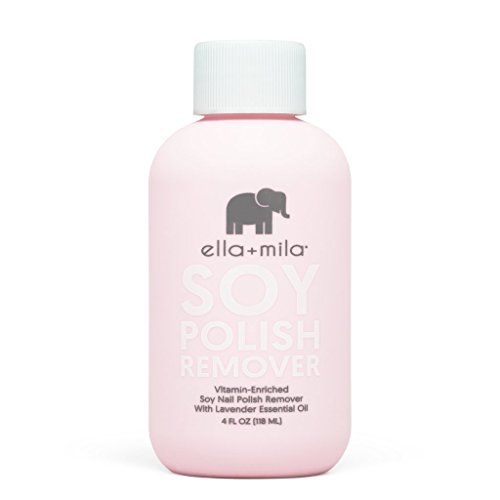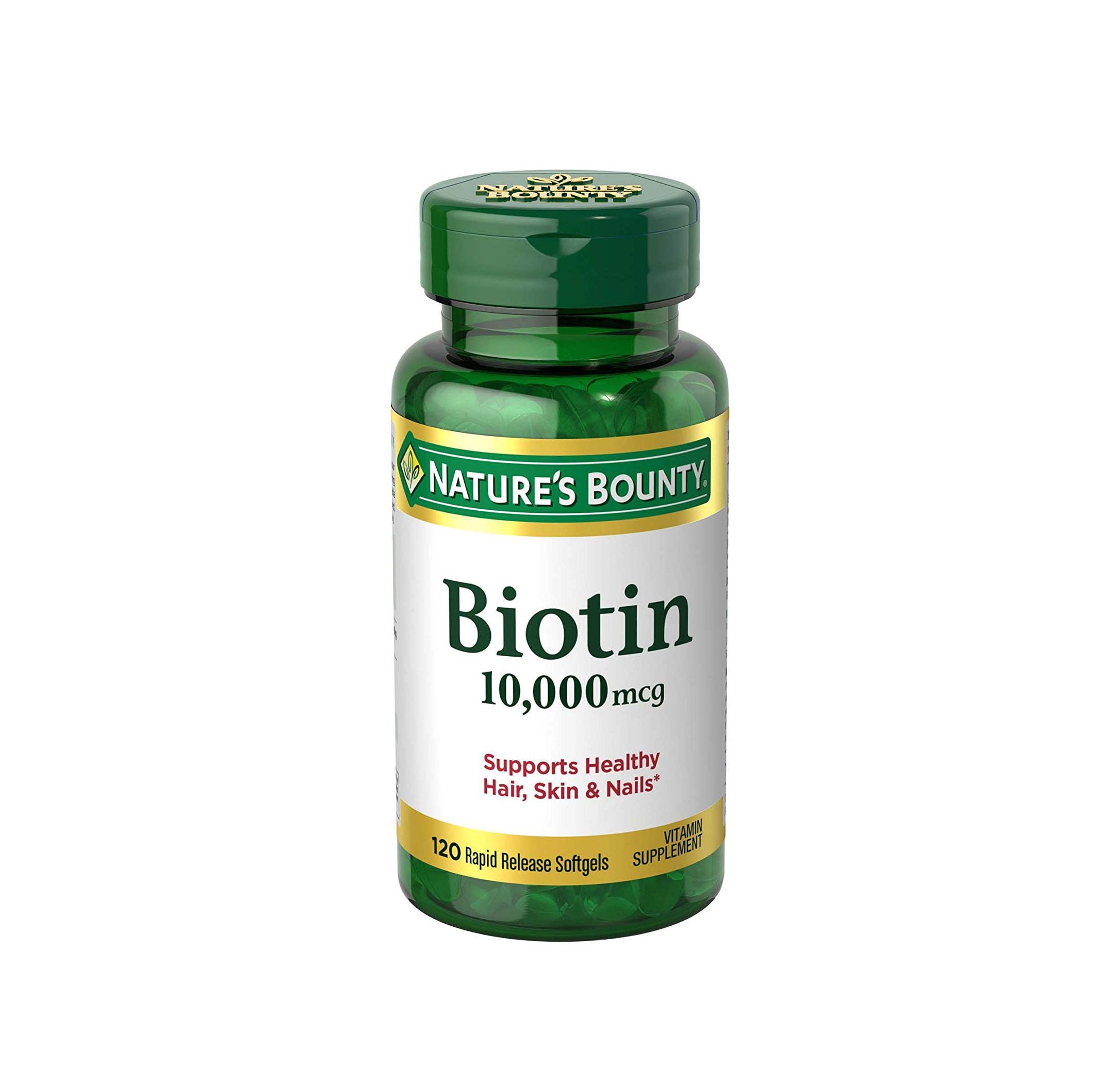First, a crash course on what fingernail ridges even are: Vertical nail ridges (lines that run from your cuticle to the tip of your fingernail) are super-common, and are a normal sign of aging. “The skin under the nail plate loses some structural integrity and becomes wrinkled, much like other areas of aging skin,” says Los Angeles-based board-certified dermatologist Tsippora Shainhouse, M.D. Another common cause of ridges is dehydration of the nail plate—say, from frequent manicures or excessive water exposure. This is also why fingernail ridges are more likely to pop up if you’ve got dry skin or a condition like eczema or psoriasis. Then, there’s horizontal nail ridges (lines that run from side to side), known as Beau’s lines. These are less common, but equally pesky. “When horizontal ridges occur in a single nail, it’s usually due to trauma to the nail matrix (the area where your fingernails start to grow),” says Dr. Shainhouse. Things like picking your nails, jamming the cuticle back, or getting your finger caught in the door can cause a dent in the “conveyor belt,” so future nail plates are “produced” with a ridge, she explains. Certain stresses to the body, like a high fever or some infections, can also suddenly make the nails stop growing for a short time. This brief halt in production can cause a horizontal ridge in the growing nail plate, and usually pops up on most or all nails following an illness, says Dr. Shainhouse. But don’t fret: The ridges aren’t permanent, and once they grow out, your nails will be back to business as usual. So what can you do about fingernail ridges that have made themselves a permanent fixture on your digits? Here’s what dermatologists recommend:
How to get rid of ridges in fingernails
1. Moisturize your nails regularly
“Keeping your nails hydrated with a hand cream or oil can minimize the appearance of ridging and protect the keratin of the nail,” says Donna Hart, MD, board-certified dermatologist at Westlake Dermatology in Texas. Use a moisturizer that contains ceramides or alpha hydroxy acids, which trap in moisture and nourish your nails, such as Aquaphor Healing Skin Ointment. If your nails are also on the brittle side, the American Academy of Dermatology recommends moisturizing your skin and nails thoroughly before bed and wearing light cotton gloves to help your nails absorb the moisturizer while you snooze.
2. Keep your nails neat
Keeping your nails on the shorter side can help prevent trauma to the nail during your day-to-day grind; just make sure to not go overboard with trimming: “Constant trimming or cutting your nails may cause them to develop ridges,” says Richard Torbeck, M.D., board-certified dermatologist with Advanced Dermatology PC in New York. Scaling back on trims reduces the potential for trauma to your nail. Clip your nails with a standard nail clipper (such as Harperton nail clippers) only when there’s visible white, and don’t clip so low that there’s no longer white present. “This allows time for the nail to grow and heal between clippings,” says Dr. Torbeck. Trim your nails straight across, then round the tips in a gentle curve using a very fine nail file (like this glass nail file). Filing snags or irregularities post-haste also helps to prevent future trauma.
3. Don’t pick at or bite your nails
The skin, including nails, responds to outside stimuli by thickening. “By not picking at your nails or the skin around them, you’re decreasing the chances of causing nail irregularities,” says Noelani González, M.D., board-certified dermatologist and director of cosmetic dermatology at Mount Sinai West in New York. Identifying the triggers that cause you to pick at or bite your nails and learning how to manage them can help you hit the brakes on future nail damage.
4. Buff them gently
While it doesn’t treat the underlying problem that’s causing your fingernail ridges, gently buffing your nails can help camouflage them in a pinch. A word of caution though: “Be very judicious with your use of nail buffers, as these thin the nail plate out, which can make them softer, too flexible, and prone to trauma and breakage,” says Dr. Shainhouse, who recommends a gentle buff once a month be your maximum. Using a four-way nail buffer (like this one from Deborah Lippman), use each of the four steps to gently sand, smooth, shine, and file your nails. To avoid nail splitting, make sure to buff in the same direction as the nail grows, as opposed to back and forth.
5. Don’t mess with your cuticle
You can prevent traumatic ridges by not picking or shoving your cuticle back. “The cuticle is the only barrier the fingers have to keep dirt and infections out of the tissues of the fingers,” says Dr. Shainhouse. Not only can an infection cause damage to the nail matrix and potentially deform your nail, but the act of pushing back the cuticle can bang it up, creating a permanent ridge template for all future nail growth. A great way to protect and condition both your nails and cuticles is to incorporate a cuticle oil into your mani routine.
6. Reduce water exposure
Wash your hands when it’s necessary, but try not to overdo it. “Washing your hands too often strips your skin of its natural oils and emollients, resulting in dryness and even hand eczema, which can cause nail changes,” says Dr. González. The same goes for prolonged water exposure, like when washing dishes.
The nail cells absorb water, expand, and then contract when they dry out, which can weaken the bonds between nail cells over time, says Dr. Hart.
When you do have to wash your hands, switch to a moisturizing hand soap, suggests Dr. Shainhouse, such as Live Clean Coconut Milk Moisturizing Hand Soap and follow up with a dose of your go-to moisturizer. If your hands are constantly immersed in water, consider wearing cotton-lined rubber gloves to protect your hands and nails—and when that’s not practical, moisturize regularly.
7. Maintain a healthy diet
It’s rare, but ridging can sometimes be a sign of an underlying systemic condition or vitamin deficiency, says Dr. Hart. Eating a well-balanced diet ( staying on top of signs of dehydration drinking enough H20) can help ensure you’re meeting the daily vitamin quota necessary to fend off nail ridges. The Mayo Clinic recommends that 20 to 30 % of your calories come from healthy fats (olive oil, nuts, seeds), 20 % from high protein foods (lean meats, fish, beans), and 45 to 50 % from healthy carbohydrates (fruits, veggies, whole grains). And when you amp up your diet, keep foods that are known to promote healthy nail growth top of mind. Think: dairy products (milk, cottage cheese, plain greek yogurt), biotin (veggies, eggs, nuts), and zinc (lean meats, fish, spinach, mushrooms).
8. Use a prescription-strength nail hardener
There are many ways that you can strengthen brittle nails. If you’re experiencing nail breakage or splitting along with ridges, your dermatologist can prescribe a topical nail strengthener, such as Genadur or Nuvail, to help strengthen your nails, says Amanda Zubek, M.D., Ph.D., medical director of Yale Medicine Dermatology in Middlebury, Connecticut. Why not OTC hardeners? “In-store hardeners typically contain formaldehyde, which can temporarily harden nails in the short-term, but ongoing use can actually cause the nails to become more brittle and weak,” says Dr. Zubek. Prescription nail hardeners, on the other hand, contain chemicals that not only work to increase the strength of the nail, but trap moisture in, preventing nail brittleness in the process.
9. Add a ridge filler to your manicure routine
Unfortunately, nail polish doesn’t hide ridges—it can actually draw more attention to them. “Ridge fillers, followed by nail polish, can help smooth out the look of nail ridges,” says Dr. Shainhouse. Ridge fillers operate much like a base coat that settles into the nooks and crannies of your nails, giving you a smooth canvas to work with. Try OPI Ridge Filler next time you want to get your mani on.
10. Choose polish that is easier on your nails
Go with typical nail polish for your manicures, which is less damaging to your nails than acrylic or gel. “The procedure of applying the acrylic and gel nails involves physical abrasion of the surface of the nail to enhance adhesion of these cosmetics, which damages the nail,” says Dr. Zubek. Besides being a major trigger of horizontal nail ridges, these types of manicures can also change the pH of the nail, affecting its strength. Meanwhile, acetone nail polish remover is excellent at removing nail polish and acrylic or gel nails, but it causes damage to the nail and surrounding skin, says Dr. Zubek. Non-acetone nail polish removers, such as Ella+Mila Soy Nail Polish Remover and Karma Nail Polish Remover Wipes, may not be as hardcore at dissolving polish, but they do the job and are gentler on the nail.
11. Give your nails a breather.
“In manicuring, the nails are exposed to prolonged water exposure,” says Dr. Zubek. “When repeated over time, this can lead to overall dehydration of the nail and surrounding skin, thereby weakening or increasing brittleness of the nail.” Nail polish remover further compounds the problem by dehydrating and changing the chemical properties of the nail surface, Dr. Zubek adds. The nail cells’ ability to stick tightly to one another is weakened, leading to brittleness and ridging. If your nails are becoming dry or brittle and you’re noticing increased ridging, it’s recommended to take a three to four week break from manicuring to allow the nail to grow out and regain its strength, says Dr. Zubek. Consider giving your tips a hand (pun totally intended) by applying a keratin treatment to your nails when you’re between manicures, like CND RescueRXx.
12. Consider taking biotin supplements.
While biotin supplements haven’t been proven to aid in hair and nail growth, there are anecdotal reports that they may help to strengthen the nail plate in some people, says Dr. Shainhouse. (Just make sure to stop taking your supplements a few days before getting lab tests done, as biotin interference has been known to skew test results, according to the National Institutes of Health). Dietary supplements are products intended to supplement the diet. They are not medicines and are not intended to treat, diagnose, mitigate, prevent, or cure diseases. Be cautious about taking dietary supplements if you are pregnant or nursing. Also, be careful about giving supplements to a child, unless recommended by their healthcare provider.
When to see your doctor about fingernail ridges
In most cases, nail ridges are benign and nothing to worry about, but there are certain characteristics to keep an eye out for, especially when it comes to Beau’s lines unrelated to trauma. “If the condition is sudden in onset or causes splitting of the nail at the free edge, it would be beneficial to see your doctor,” says Dr. Zubek. “Your primary care doctor can screen for internal causes of ridging, or refer you to a dermatologist who can evaluate for skin conditions that might be causing it.” Although on the rarer side of the spectrum, nail ridging can be a sign of an internal problem, such as the below, per Dr. Zubek:
nutritional deficiency (iron, for example)psoriasiskidney disease autoimmune disease
Changes in color or texture, such as your nail turning a dark color (brown, black) or a surface change that’s new also warrants a visit to your doctor, says Dr. González. More serious conditions might be the cause of the abnormality, so it’s always best to book a consult and ease any worries you might have.

